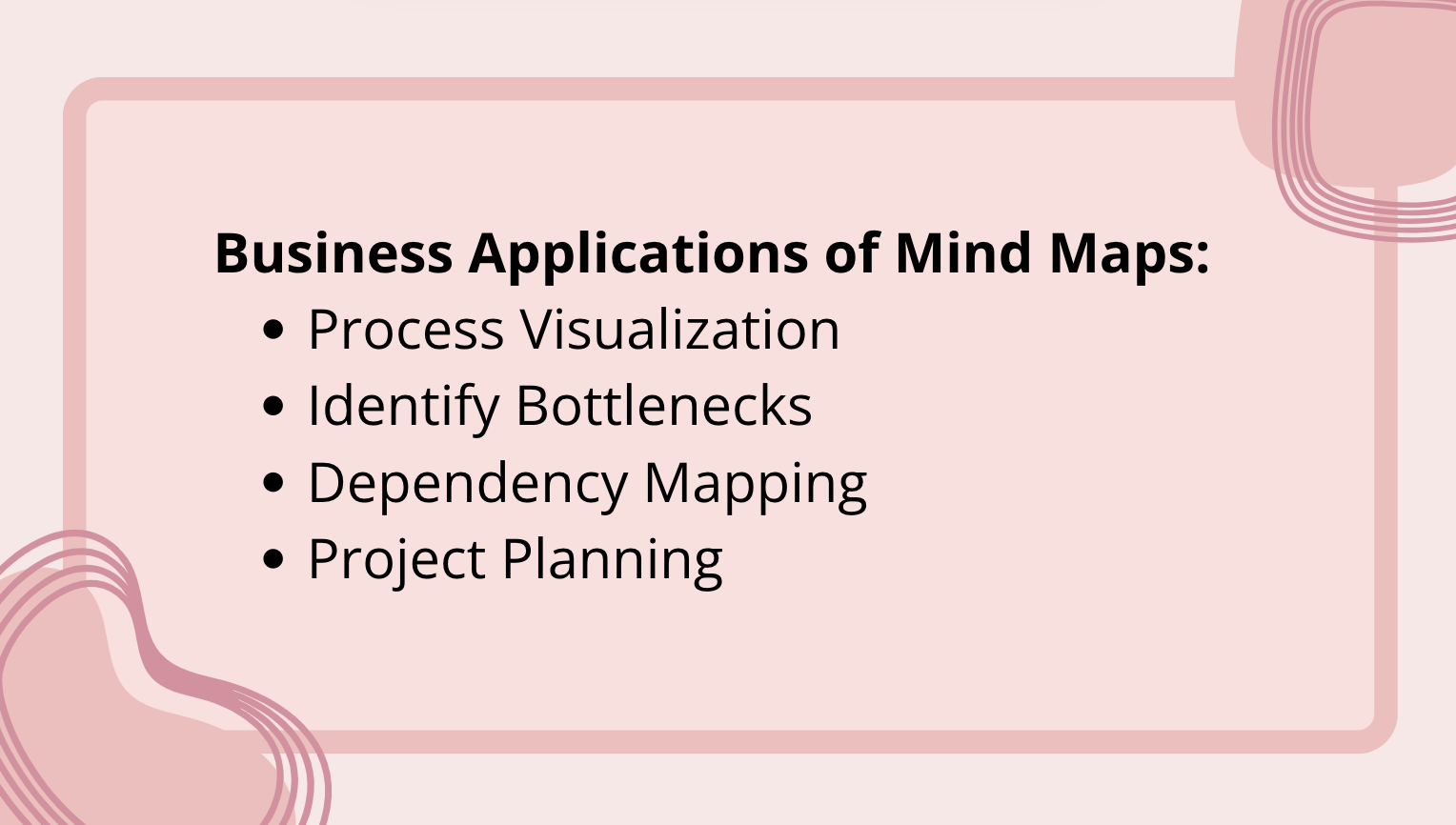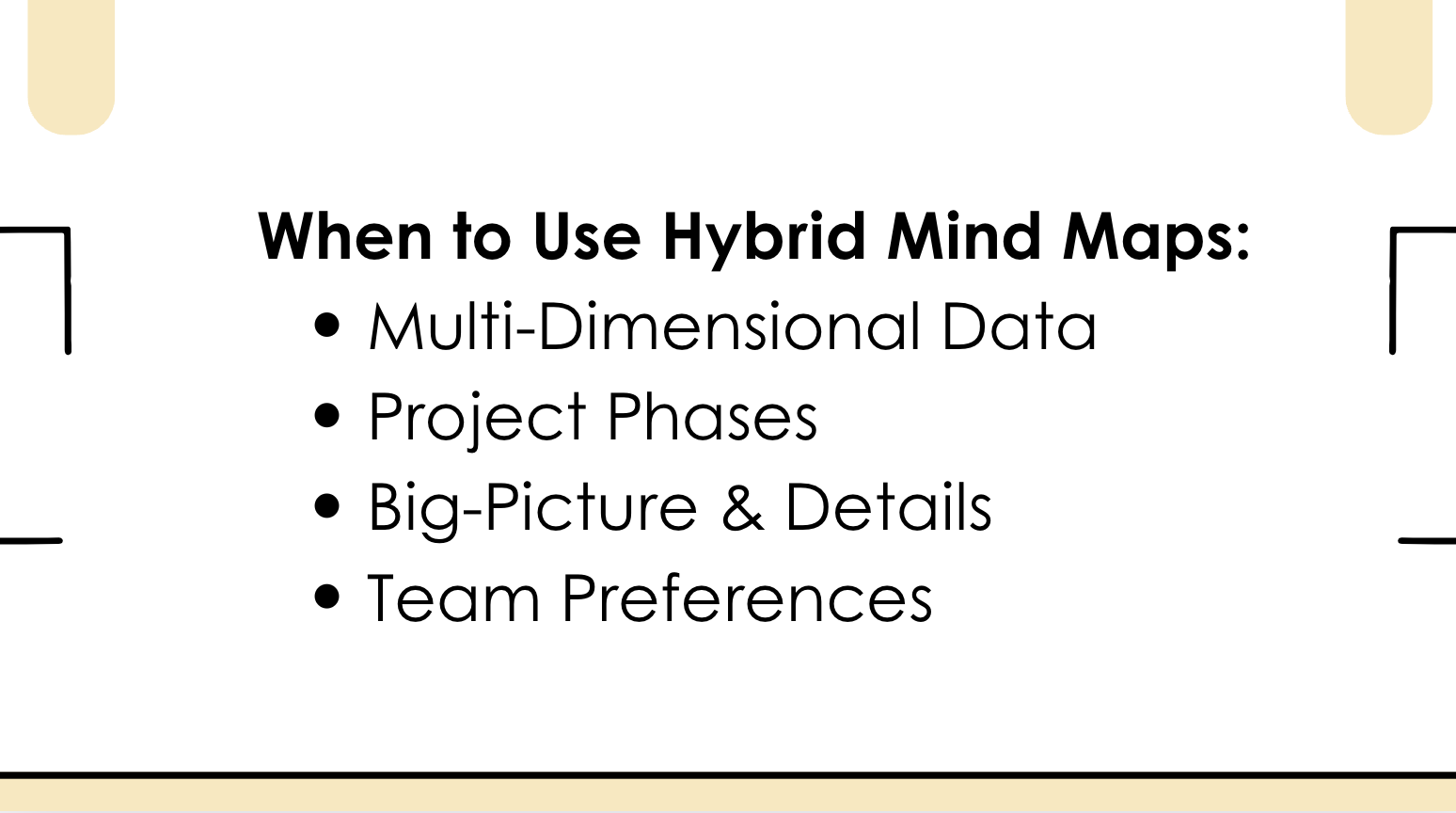
Have you ever stared at a blank mind map, unsure which format would best organize your ideas? You're not alone. As someone who's spent years refining research techniques, I've discovered that choosing the right mind map type is often what separates productive thinking sessions from frustrating ones. Let's explore how to select the perfect mind map type while avoiding common pitfalls that can derail your knowledge organization efforts.

Understanding the Essential Types of Mind Maps for Effective Knowledge Organization
Mind mapping isn't a one-size-fits-all approach to organizing information. Different projects require different mind map structures to maximize their effectiveness as a thinking workspace.
The Evolution and Purpose of Different Mind Map Structures
Mind maps have evolved from simple radial diagrams into sophisticated knowledge organization systems. Today's mind maps serve various purposes: summarizing complex research, planning projects, brainstorming ideas, or creating comprehensive knowledge bases.
The 6 Most Common Mind Map Types and Their Applications
Mind Map Type | Best Used For | Key Characteristics |
|---|---|---|
Standard Radial | General brainstorming, quick note-taking | Central topic with branches radiating outward |
Showing relationships between ideas | Connecting lines with relationship labels | |
Flow Mind Maps | Processes, procedures, timelines | Directional flow with sequential connections |
Organizational structures, classifications | Top-down structure with clear hierarchy | |
Exploring aspects of a central topic | Multiple legs extending from center with sub-branches | |
System Maps | Complex interconnected systems | Web-like structure showing multiple relationships |
Mistake #1: Choosing a Mind Map Type Without Considering Your Specific Goals
"I grabbed the first mind map template I found online, but it completely fell apart when I tried organizing my literature review. I wasted hours before realizing I needed a hierarchical structure instead of a radial one."
This common scenario highlights why you need to align your mind map type with your intended outcome. Before starting, ask yourself: What am I trying to accomplish? Am I exploring connections, organizing hierarchical information, or tracing a process?
Critical Structural Elements That Define Effective Mind Map Types
Regardless of the type you choose, certain structural elements make mind maps work effectively as a research tool.
The 4 Core Components That Make Mind Maps Work
Central Ideas and Main Branches: The foundation of your map that defines its overall structure
Keywords and Concise Labeling: Brief, meaningful labels that capture essential concepts
Visual Hierarchy and Relationships: Clear indication of how ideas relate to each other
Color Coding and Visual Elements: Visual cues that enhance understanding and recall
Mistake #2: Overlooking Fundamental Structure Requirements for Your Mind Map Type
I've frequently seen researchers create beautiful mind maps that fail functionally because they neglect structural essentials. For example, concept maps require explicit relationship labels between nodes, while hierarchical maps need clear level distinctions. Without these elements, your mind map becomes confusing rather than clarifying.
Selecting Mind Map Types Based on Your Learning and Thinking Style
Your natural thinking process should influence which mind map type works best for you during deep research.
Visual-Spatial Mind Mapping Approaches
If you think in images and spatial relationships, consider spider maps or system maps that allow for non-linear exploration. These formats accommodate visual thinkers who benefit from seeing the big picture and connections simultaneously.
Linear and Analytical Mind Mapping Techniques
For those who prefer step-by-step thinking, flow mind maps or hierarchical structures provide the sequential order that matches your thought process. These formats help maintain logical progression while still offering visual benefits.
Mistake #3: Forcing Yourself to Use Mind Map Types That Don't Match Your Thinking Process
The most effective mind map is one that works with your natural thought patterns, not against them. When you select a mind map type that aligns with how you naturally think, the mapping process becomes intuitive rather than forced.
I've seen countless students struggle with standard radial mind maps when their thinking is inherently sequential. If you're fighting your mind map structure, it's probably the wrong type for your thinking style.
Best Mind Map Types for Different Use Cases and Applications
Your specific use case should heavily influence which mind map type you select.
Academic Research and Complex Information Processing
When working through academic literature or conducting literature reviews, hierarchical or concept maps typically work best. These structures allow you to:
Categorize findings by theme, methodology, or chronology
Establish clear relationships between concepts and theories
Identify gaps in existing research
Synthesize information across multiple sources
Business Planning and Strategic Thinking
For business applications, flow mind maps and system maps often provide the most value by helping you:
Visualize processes and workflows
Identify bottlenecks or inefficiencies
Map dependencies between different business functions
Plan project timelines and resource allocation
Mistake #4: Failing to Adapt Mind Map Types to Your Specific Context
The biggest mistake I see is rigidly adhering to one mind map type across all situations. Your dissertation research requires a different approach than planning a marketing campaign or organizing study notes. Be flexible and choose the right tool for each job.
Digital Mind Mapping: How Technology Is Transforming Traditional Mind Map Types
While traditional paper mind maps still have their place, digital tools have revolutionized what's possible.
Limitations of Manual Mind Mapping Methods
Manual mind maps quickly reach their limits when dealing with:
Complex research with multiple interconnected topics
Large volumes of information
Frequent revisions and updates
Collaborative projects
The need to integrate multimedia elements
How AI-Powered Tools Are Revolutionizing Mind Mapping Techniques
AI integration has transformed mind mapping from simple visual organization to dynamic knowledge processing. Advanced reading tools now automatically extract key concepts and suggest relationships, dramatically reducing the initial effort of creating comprehensive maps.
Mistake #5: Sticking with Outdated Mind Mapping Tools When Better Options Exist
Many researchers continue using basic mind mapping software when more powerful options like Ponder AI could save them countless hours. Modern tools don't just record your thinking—they enhance and accelerate it.
How Ponder AI Enhances Mind Mapping Through Interactive Knowledge Maps
Ponder transforms traditional mind mapping by:
Converting PDFs into structured knowledge maps with one click
Allowing multi-document comparison to identify patterns and connections
Integrating search, reading, and note-taking into a seamless workflow
Providing AI assistance trained on 200M+ academic papers for accurate insights
Supporting flexible knowledge organization on a digital canvas
The 7-Step Process to Select the Perfect Mind Map Type for Your Needs
Follow this proven process to choose the right mind map type every time:
Define your purpose (brainstorming, organizing, analyzing, presenting)
Assess information complexity (simple concepts vs. complex relationships)
Consider your audience (personal use, team collaboration, presentation)
Evaluate your time constraints (quick notes vs. comprehensive analysis)
Determine required level of detail (overview vs. detailed breakdown)
Identify relationship types (hierarchical, sequential, conceptual)
Select appropriate technology (paper, basic software, advanced AI tools)
Mistake #6: Not Iterating and Refining Your Mind Mapping Approach
The first mind map you create is rarely the best version. Allow yourself to experiment, refine, and sometimes completely restart with a different structure. What looks perfect in theory may not work in practice.
Advanced Mind Mapping: Combining Different Types for Maximum Effectiveness
For complex research projects, the most powerful approach often combines multiple mind map types.
When to Use Hybrid Mind Map Approaches
Consider hybrid approaches when:
Your information has multiple structural dimensions
You're working across different phases of a project
You need both big-picture overview and detailed analysis
Different team members prefer different thinking styles
Mistake #7: Limiting Yourself to Just One Mind Map Type
The most sophisticated researchers I know maintain multiple interconnected maps for complex projects—perhaps a high-level spider map for the big picture, detailed hierarchical maps for specific subtopics, and flow maps for methodological processes.
Conclusion: Making the Right Choice for Your Mind Mapping Needs
Selecting the right mind map type can transform how effectively you process and utilize information. By avoiding these seven common mistakes, you'll create more useful, insightful maps that genuinely enhance your thinking rather than just documenting it.
As your research and learning needs grow more complex, consider how advanced tools like Ponder AI can elevate your mind mapping experience. With features designed specifically for knowledge workers, researchers, and students, Ponder transforms how you interact with complex information—turning overwhelming research into clear, actionable insights.
Remember that the goal of mind mapping isn't creating pretty diagrams—it's enhancing your understanding and generating new connections. Choose the mind map type that best serves this purpose, and you'll unlock new dimensions in your thinking process.

